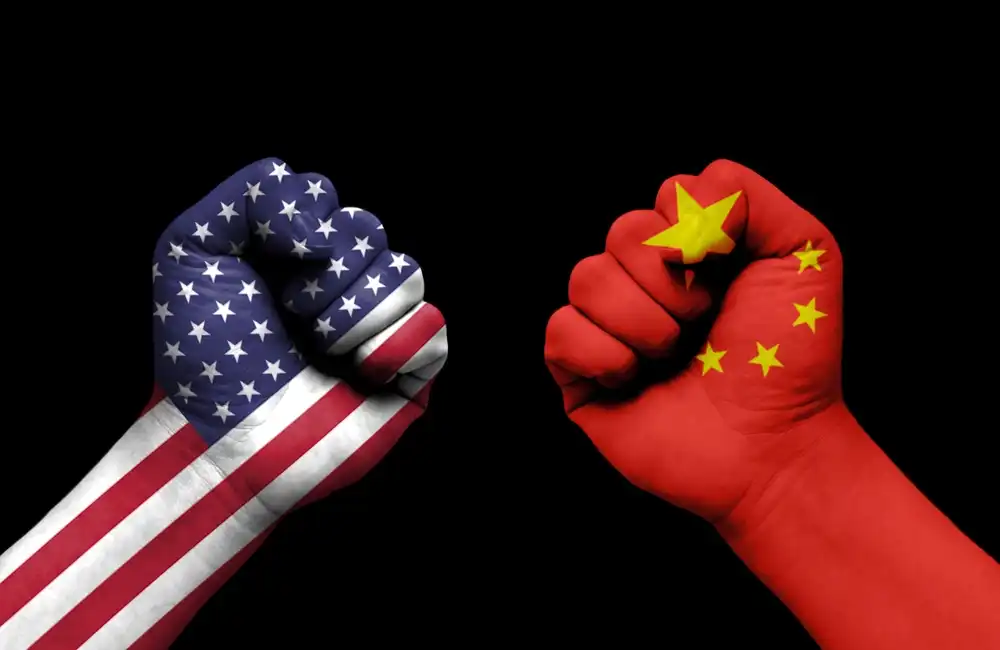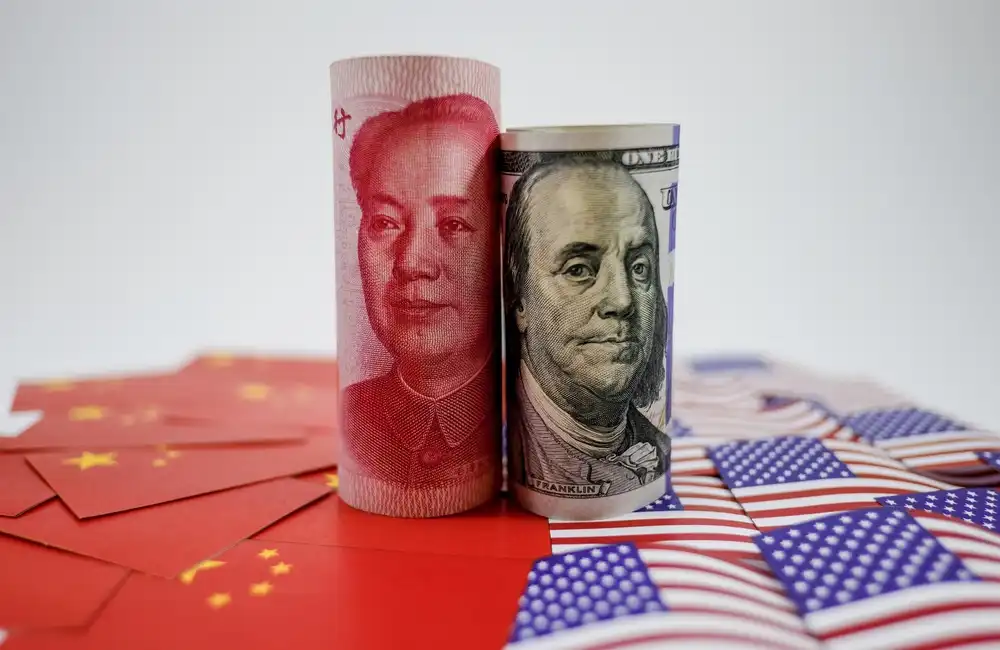
Strategic Metals ETFs Performance Review 2025
- GLOBAL & FOREIGN
- 09:00, May 20

How UK Clean Tech Policies Are Reshaping Investor Portfolios and Commodity Allocations
- GLOBAL & FOREIGN
- 19:00, May 19

Top 5 ASX Mining Stocks to Watch in Q2 2025
- GLOBAL & FOREIGN
- 18:00, May 19

Strategic Metals and the Role of UK Defence Policies in Shaping Demand
- COMMODITIES
- 17:00, May 19

How Junior Gold Miners are Reacting to the Federal Reserve’s Rate Pause
- COMMODITIES
- 13:00, May 19
US-China Talks: Insights and Market Perspectives
- Politics
- 19:30, May 13 2025
- By Ms. Evelyn Spencer

Latest from Ms. Evelyn Spencer

Top 5 ASX Mining Stocks to Watch in Q2 2025
- Global & Foreign
- 18:00, May 19

Bridging the Gap in EU Lithium Refining and Unlocking Investment Opportunities
- Global & Foreign
- 11:00, May 19

Key Sustainable Mining Trends for 2025
- Commodities
- 11:00, May 17

Exploring the Recent Strength of the British Pound in Forex Markets
- IPOs & Markets
- 00:00, May 17

Understanding the Drivers Behind the British Pound's Rise
- Global & Foreign
- 23:30, May 16

Understanding UK Business Distress and Navigating Sector Impacts
- Stocks & Equities
- 21:30, May 16
Breaking News
Authors

Dr. Charles Whitmore
CHIEF EDITOR & CEO

Ms. Evelyn Spencer
SENIOR FINANCIAL CORRESPONDENT

Mr. Oliver Kensington
COMMODITIES SPECIALIST

Mrs. Fiona Harrington
WEALTH MANAGEMENT SPECIALIST
Most Viewed
Categories
Tags
About Advisor's Gateway
Since 2010, Advisor’s Gateway has been a trusted source of financial insight for professionals across the UK’s investment landscape. We specialise in delivering timely, accurate, and relevant news, regulatory updates, and thought leadership to financial advisors, wealth managers, stockbrokers, and institutional investors.
Advisor's Gateway
Coventry Technology Park,
Puma Way,
Coventry,
CV1 2TT.
Latest News
-

-

-

-

Top 5 ASX Mining Stocks to Watch in Q2 2025
- GLOBAL & FOREIGN
- 18:00, May 19
-

Important Information
The content published on Advisor's Gateway is intended for informational purposes only and does not constitute financial, investment, legal, or tax advice.
While we strive for accuracy and timeliness, Advisor's Gateway makes no guarantees regarding the completeness or reliability of any information presented.
Always seek professional advice before making investment decisions. Advisor's Gateway is not regulated by the Financial Conduct Authority (FCA).






